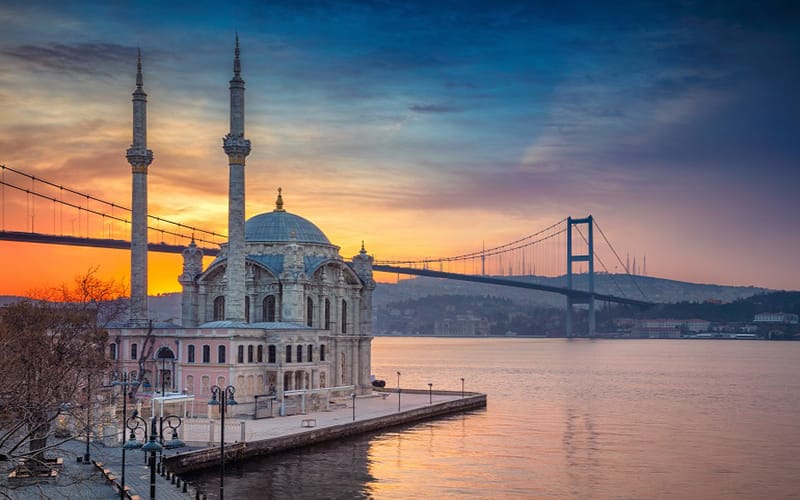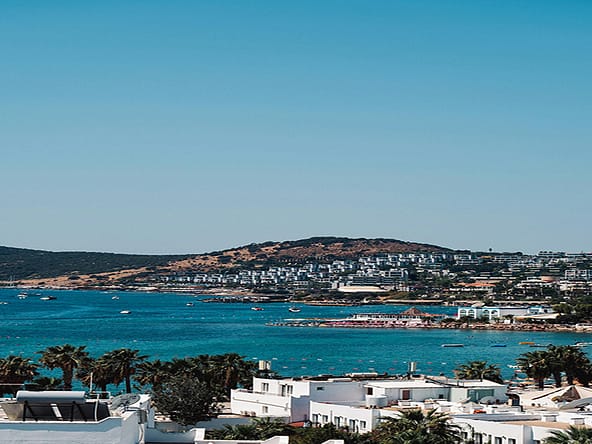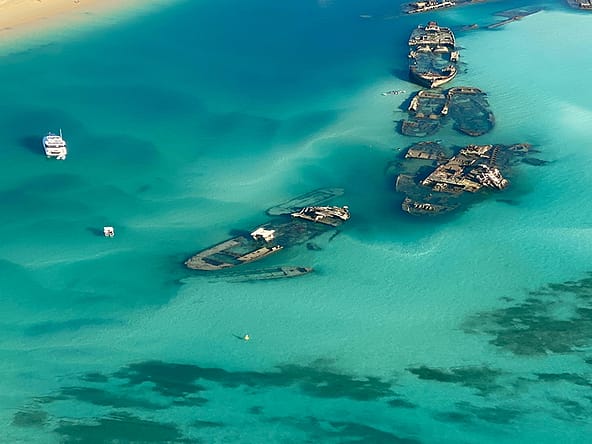The Canal of Istanbul has long been an issue for the ruling parties, debating on whether the new waterway was indeed justified based on the cost and environmental impact, but finally the discussion has come to an end and plans have now been approved for the construction. The new ´route´ will cut a new passage between the Black Sea and the Aegean Sea, easing traffic in the existing route of the Bosphorus.
Currently there is an average of 50,000 ships per year using the Bosphorus straight, and with shipping showing no signs of slowing as a way of delivering cargo to Istanbul, this figure looks likely to keep rising, well into the next few decades. With this in mind, and taking into the account not only of the width of the straight (which doesn´t help with technological advances in ship building and ship size), but also the types of cargo the ships carry which include fuel & dangerous toxic substances, it became clear that another waterway had to be created.
Approximately 10,000 people will work on the construction of the waterway, which, for efficiency will be broken down into various phases including fortification, emergency connecting areas, entrance and exits, ship traffic systems, a logistics centre and coastal structures.
With expected length and width of 45km / 150km respectively and at a depth of 25m, it will open to tankers almost immediately, which will be transferred from the Bosphorus, which will be closed to them for the foreseeable future.
Due to the opportunities that will come about from the construction and longevity of the new waterway including the shipping that will be passing through, there will be a new City build where the channel meets the Sea of Marmara, which is due to be completed by 2023.





